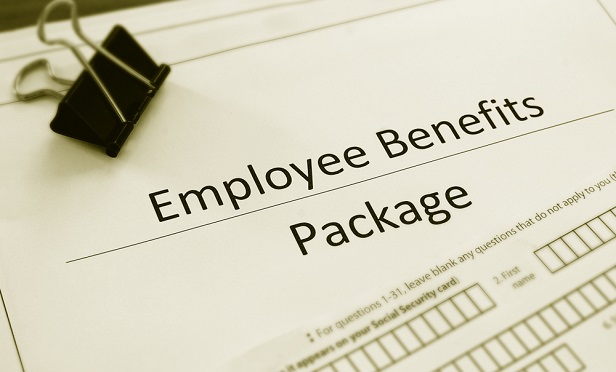 One reason employees may prioritize health care decisions over retirement is that they don't necessarily have a good understanding of the 401(k)s, (Photo: Shutterstock)
One reason employees may prioritize health care decisions over retirement is that they don't necessarily have a good understanding of the 401(k)s, (Photo: Shutterstock)
Despite the fact that the country is beset by a retirement crisis, with millions lacking enough assets to be able to retire without running out of money down the line, that's not the top factor when workers consider the benefits offered as part of a job offer.
In fact, according to survey data from Lively, Inc., the question of health—and its effects on their financial well-being—is causing people to make many decisions that might not actually be in their best interests. Not only are workers more inclined to choose or remain in jobs based on health benefits rather than other factors (nearly 40 percent do so, while 76 percent rank health benefits in their top three priorities), they're postponing care, to their detriment, as well as placing retirement lower down in their priorities.
Related: Help employees choose the right benefits to manage health care costs in retirement
Employees don't necessarily have a good understanding of the 401(k)s that they think are less important than health benefits, with less than 50 percent saying they completely understand 401(k)s—and women are less conversant with them than men, at only 37 percent compared with 46 percent.
And they really don't get their health benefits, with less than one out of three saying they understand their plan type. Some plan types are far less well understood than others, such as high-deductible health plans (only 23 percent) and health reimbursement accounts (less than 20 percent).
That said, employee financial wellness—and perhaps that lack of understanding of their plans—plays a big role in whether workers even use their health benefits to the best result. Only half of adults get routine preventative care; men, married people and wealthier consumers predominate, with those who have children more likely to go only when they themselves are sick. Younger adults and lower-income adults are likely to go only when something catastrophic happens, such as a broken bone.
And three out of four are surprised by how high their medical bills are when they do go. In addition, a third of workers aren't even sure how much comes out of their paychecks for health insurance and out-of-pocket costs. According to the report, one in five employees is putting between 21 and 40 percent of their paycheck toward health care expenses.
Read more:
© Touchpoint Markets, All Rights Reserved. Request academic re-use from www.copyright.com. All other uses, submit a request to [email protected]. For more inforrmation visit Asset & Logo Licensing.






